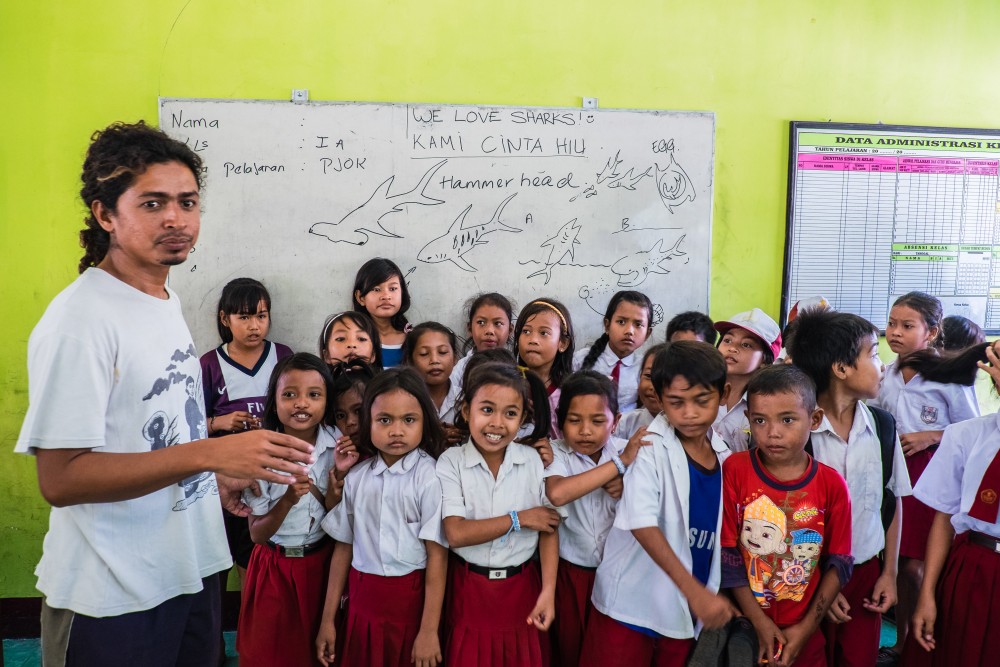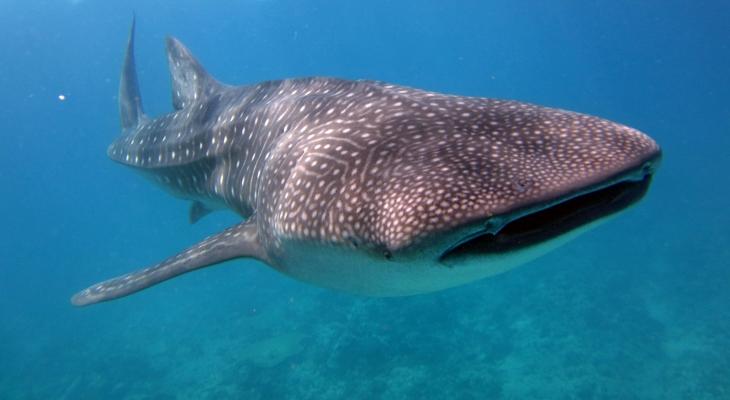Why We Should Care for Wildlife
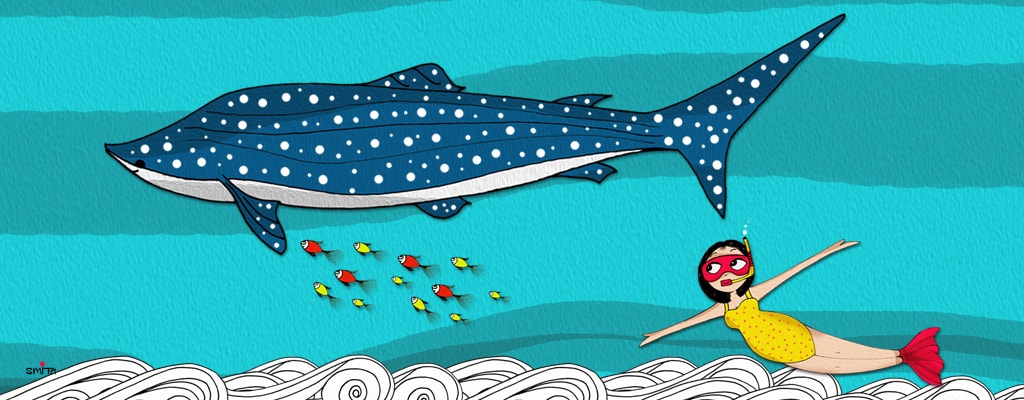
There are some encounters that shape the rest of your life, and for me, one such moment came courtesy of the biggest shark species in the world.
In 2011, my brother and I were in a boat in the Indian Ocean, far from the shores of Exmouth, Western Australia. The moment I jumped into the water, I gazed upon the graceful gliding form of a juvenile whale shark. Being in the presence of such a majestic creature left me in such awe, I started tearing up spontaneously, snorkel mask on notwithstanding. A moment I will not forget for a lifetime, and one that set me on the path to being the shark conservationist I am today.
I didn’t start off young with a love for wildlife. It was through watching documentaries on conservation and wildlife — Sharkwater being the one that left the deepest impression then — that my interest, curiosity and eventual love for wildlife blossomed.
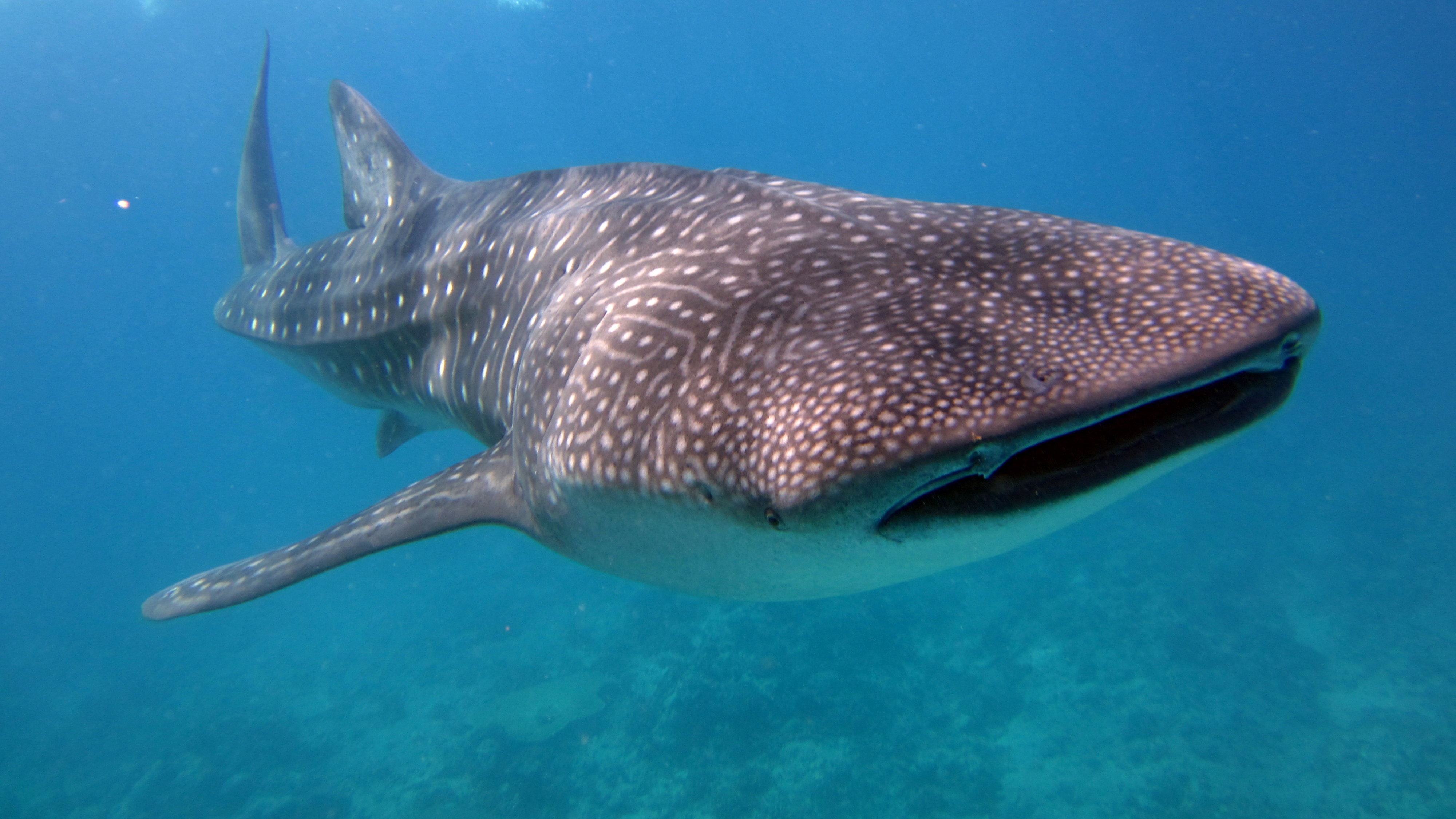
After that magical whale shark encounter, I kept visiting places where I could be in the presence of other wildlife. The more I spent time with them, and the more I learnt about them, the more I saw their tender side, how they each have unique personalities with emotions, and how they have more in common with us than we once thought.
For example, just like how we want the best for our children, so do elephants. In fact, they even help each other babysit their young. Just like how we grieve over the loss of our loved ones, chimpanzees do the same. Some of us may laugh at people who anthropomorphise animals, thinking that they are silly to go to such an extent to treat mere animals as equals with humans. But these aren’t emotional claims from animal fanatics. These are scientific facts. In his book, Not So Different: Finding Human Nature in Animals, biology professor Nathan Lents shares:
“Animals fall in love, establish rules for fair play, exchange valued goods and services, hold "funerals" for fallen comrades, deploy sex as a weapon, and communicate with one another using rich vocabularies. Animals also get jealous and violent or greedy and callous and develop irrational phobias and prejudices, just like us. Monkeys address inequality, wolves miss each other, elephants grieve for their dead, and prairie dogs name the humans they encounter.”
Behaviours that sound familiar?
It’s traits like these that show that animals have sentience — the quality of being able to experience feelings. A trait that was once thought to be what made humans different from animals. A gap that is no longer there, and one that governments around the world are acknowledging. From Europe, to Oceania, to South America, nations are standing up for the welfare and dignity of animals. For those who are interested, The Rights of Nature by David Richard Boyd dives deeper into this principle. An example from the book is how Argentina ruled in the courts that orangutans are non-human persons whose rights include not being subjected to captivity. This exemplifies how laws around the world are changing to accommodate the sentience of animals and to protect them.
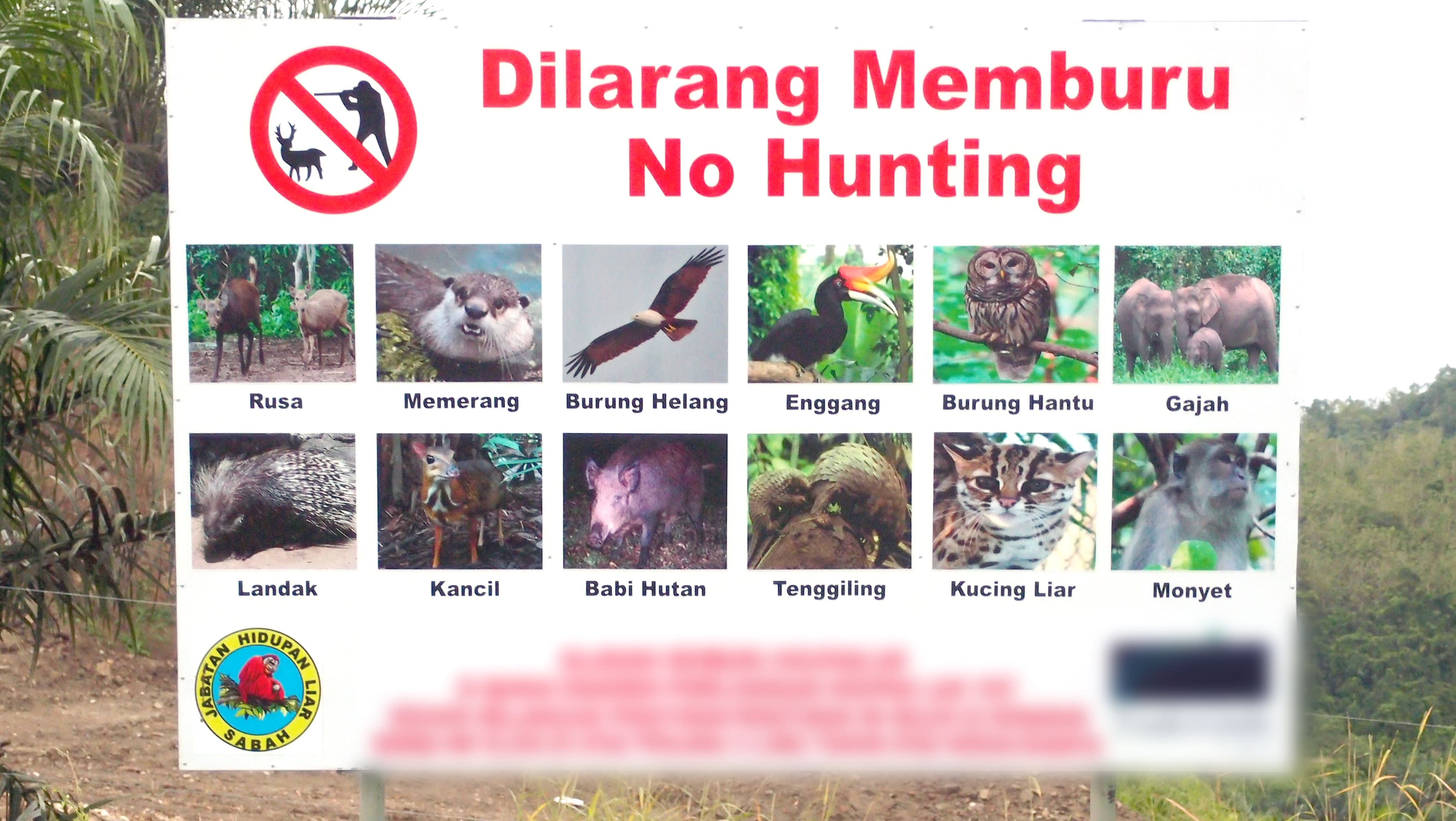
But all this is not just for the welfare of the creatures. Looking after wildlife brings tangible benefits to people as well.
Species like civet cats, help maintain a healthy diversity of trees by keeping termite populations down, and dispersing seeds. Trees which are critical to the ecosystem, which in turn provide us with critical elements of life such as air, water, food, building material and even medicine. Wildlife species also aid in keeping each other in check, including species that may be harmful to us. For example, snakes help to control rat populations, otherwise diseases may get out of control.
Keeping wildlife in the wild would have very likely prevented global outbreaks like SARS and COVID-19.
Caring for wildlife can also nourish our soul. The beauty in seeing wildlife thrive in nature not only evokes a sense of wonder, it is a source of inspiration for how we live as well. So much of our history, culture and even our religion, especially here in Asia, are tied so closely to wildlife. It’s an intrinsic part of who we are and in a way, conserving wildlife helps to preserve our identity and heritage.
Ultimately, we should care for wildlife, because we can, and because we need to. There are so many ways we can all play a part in this.
Want to see wildlife? Go to a nature park; Asia is full of remarkable and extraordinary creatures in the wild! It’ll be an experience far more enriching and noble than unconsciously fueling the exploitation of wildlife at many common tourist hot spots in the region — like elephant rides or photo opportunities with exotic animals. If you do see wildlife being exploited in these ways, you can make a difference by reporting it. It’s as easy as downloading and using an app.
Want to do more to help? Support your animal rescue and rehabilitation centres (Like ACRES in Singapore) as it can help expand the impact of their work.
And lastly, talk about it! The more we share with others the value of protecting wildlife, instead of keeping them as pets, eating them or using them for traditional medicine (there are great plant-based alternatives that help), the more people become aware, and the greater the impact we can make.
For me, it is a beautiful thing to love something intensely that cannot love me back or even thank me. But the sense of pride and fulfillment that comes from wanting the best for wildlife, and for me, the oceans, is a joy that I wish we could all come to share in.
Together we can make a better world for all of us, humans and wildlife alike.
